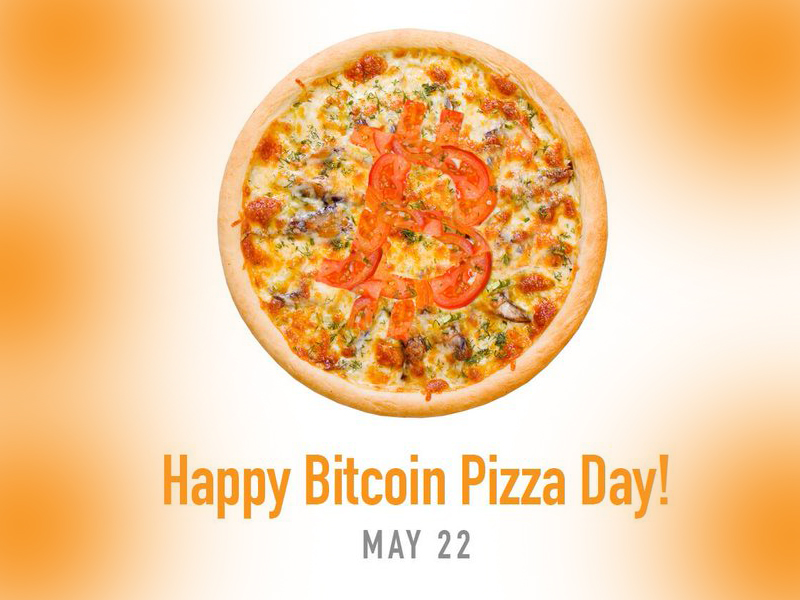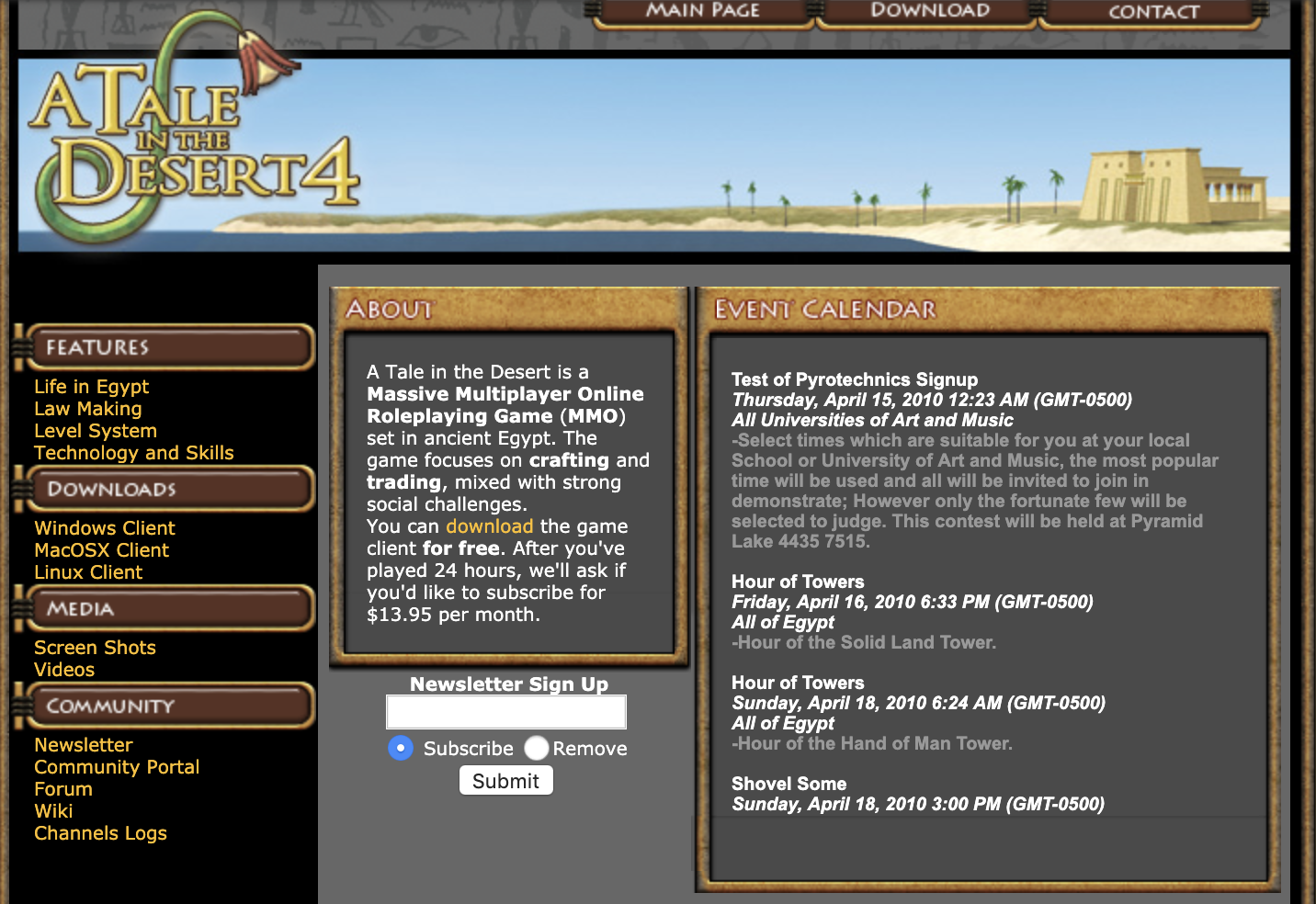Today, bitcoin is so precious that its hodlers are prone to locking their keys away inside nuclear bunkers, bank vaults, and military grade hardware wallets. But things weren’t always that way. Back in the early days, bitcoin was deemed so undesirable that you would have struggled to give it away, while exchanging it for fiat currency was out of the question.
Also read: Bitcoin History Part 11: The First Major Loss of Coins
One Man’s Junk is Another Man’s Treasure
The bitcoins you buy and sell on exchanges today for several thousand dollars apiece are in many cases the very same coins that were changing hands back in 2010. The properties of those coins, despite having passed through hundreds of wallets in the intervening years, haven’t changed: one bitcoin today is exactly the same as one bitcoin from 2010. What has changed is the value accorded to each one. Just as gold is precious on our planet, but a worthless rock to anyone inhabiting an asteroid made out of the aureate metal, when bitcoin was easy to extract and there were few ways to use it, exchanging it – for anything – was virtually impossible.

Most bitcoiners, even those who were late to the game, will recall Laszlo Hanyecz. He’s the guy who famously completed the first recorded purchase of goods with cryptocurrency, when he acquired two Domino’s pizzas for 10,000 BTC in May 2010. It might be assumed that once this historic transaction went down, the floodgates were opened to a wave of merchant adoption and a thriving exchange ecosystem was spawned. The reality is less invigorating. On June 15, 2010, three weeks after completing the pizza transaction, Laszlo tried to complete another BTC sale, this time for something less evanescent – a camera. Would anyone take him up on his offer?
Wanted: Canon Camera Equipment
“I would be willing to pay a combination of bitcoins and USD for used Canon compatible photo equipment.. lenses and filters and such,” wrote Laszlo on the Bitcointalk forum. “If anyone is looking to sell this kind of stuff let me know.” His thread was greeted with silence. “Still interested in this if anyone has any lenses and such they want to convert to cash/bitcoins,” added Laszlo a month later. Still nothing.
Laszlo’s follow up post was composed just three days before Mt. Gox was launched, the exchange which took bitcoin from ignominy to the moon. And yet, incredible as it may seem today, bitcoin was so unknown and unappreciated, save for to a few early believers, that getting rid of your coins in mid 2010 was virtually impossible. A month prior to Laszlo’s failed camera buying attempt, and two days before his pizza sale was completed, someone else attempted to create a mechanism for swapping BTC for goods.
“I’m accepting Bitcoins now for [online game] A Tale in the Desert,” wrote forum user Teppy. “A player tells the game client that he wants to subscribe. I generate an address and tell him “Send 2000 BTC to
”, and then when the Bitcoins show up I credit his month of playtime.” Like Laszlo, Teppy struggled to generate interest in his proposal, and it is unclear whether A Tale in the Desert every collected a single subscription in BTC.
Today bitcoin can be used to purchase all manner of goods, from airline tickets to t-shirts. And yet, paradoxically, due to the immense value it’s acquired, most bitcoiners are reluctant to part with their coins.
Bitcoin History is a multipart series from news.Bitcoin.com charting pivotal moments in the evolution of the world’s first cryptocurrency. Read part 11 here.
Images courtesy of Shutterstock.
How could our Bitcoin Block Explorer tool help you? Use the handy Bitcoin address search bar to track down transactions on both the BCH and BTC blockchain and, for even more industry insights, visit our in-depth Bitcoin Charts.
The post Bitcoin History Part 12: When No One Wanted Your BTC appeared first on Bitcoin News.
Powered by WPeMatico
